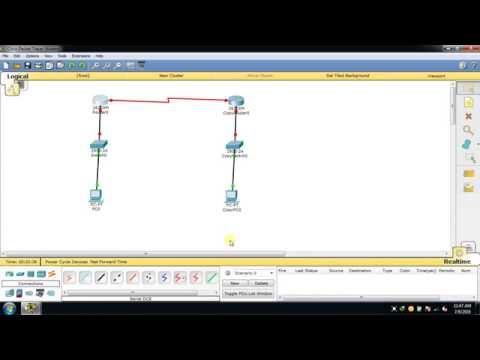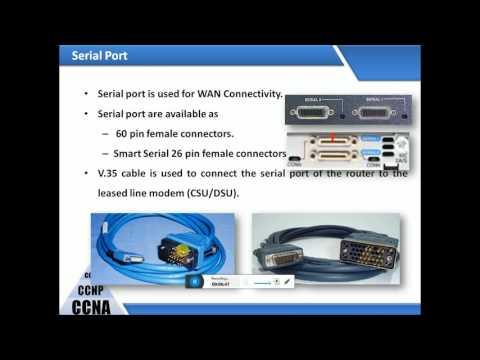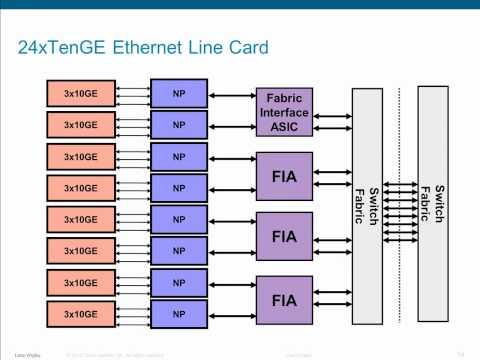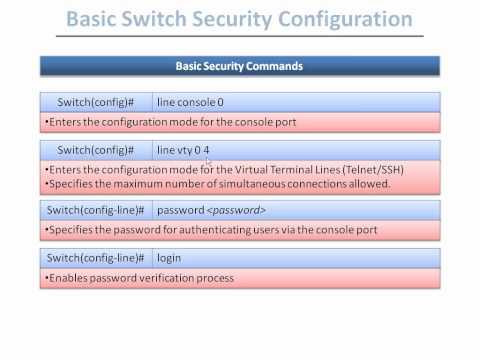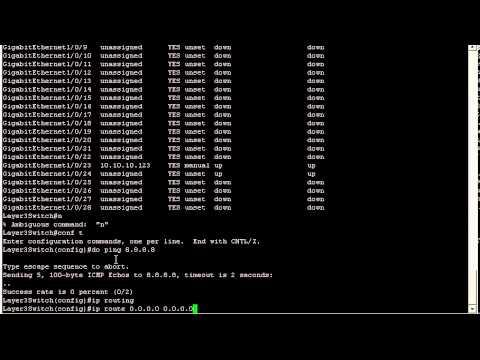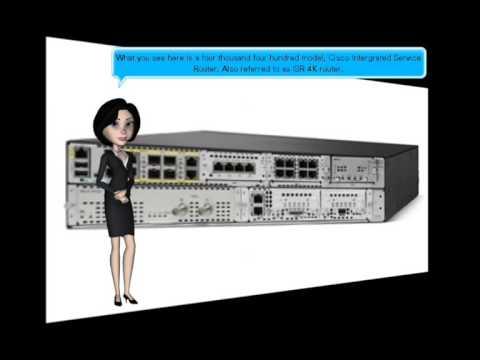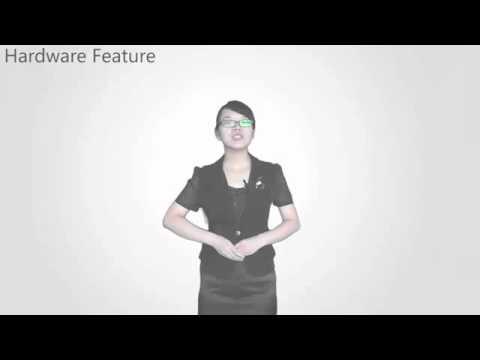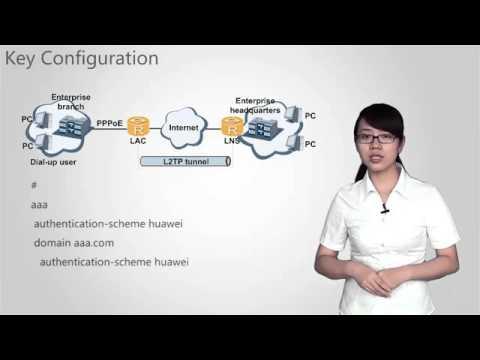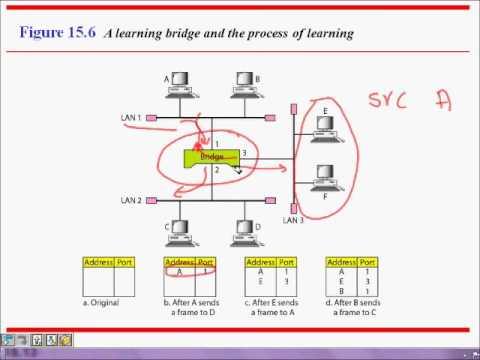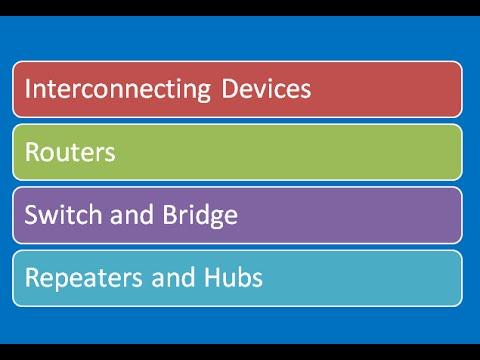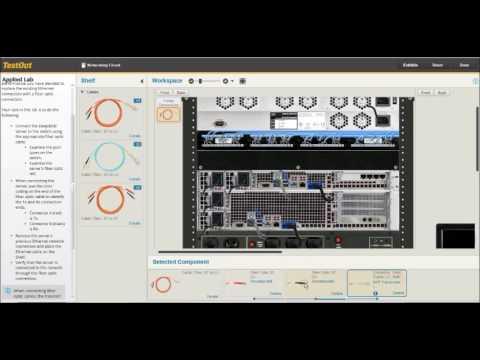Routers & Cisco IOS Complete Introduction
Description
The previous two chapters helped you learn the basics of networking. You are aware of various layers of the OSI and TCP/IP models and the devices that work on these layers, especially routers and switches. The rest of the book focuses on various functions of Cisco routers and switches. So before moving to the various functions, it is necessary to know what makes them tick. This chapter is dedicated to Cisco Internetwork Operating System (IOS). Cisco IOS is a proprietary operating system that Cisco routers and switches run on. This chapter looks at the boot process, connectivity options, ways to configure the devices and show basic configuration and verification commands.
Cisco Integrated Services Router (ISR)
Cisco provides various series and models of routers geared towards different types of customer and requirements. Some of them just do routing whereas others provide some other functions such as Wireless connectivity, Security features and Voice-over-IP services. Cisco’s ISR series routers are example of routers that provide various services.
The earlier CCNA exams used to focus on Cisco 2500 and 2600 routers that have been replaced by ISR 1800 and 2800/2900 series routers. 2500 and 2600 routers are End-of-Life now and cannot be bought from Cisco anymore. Figure 3-1 shows a part of the backplane of a Cisco 1841 router with important parts labeled. These parts are described in Table 3-1. Figure 3-2 shows the front panel of the router.



